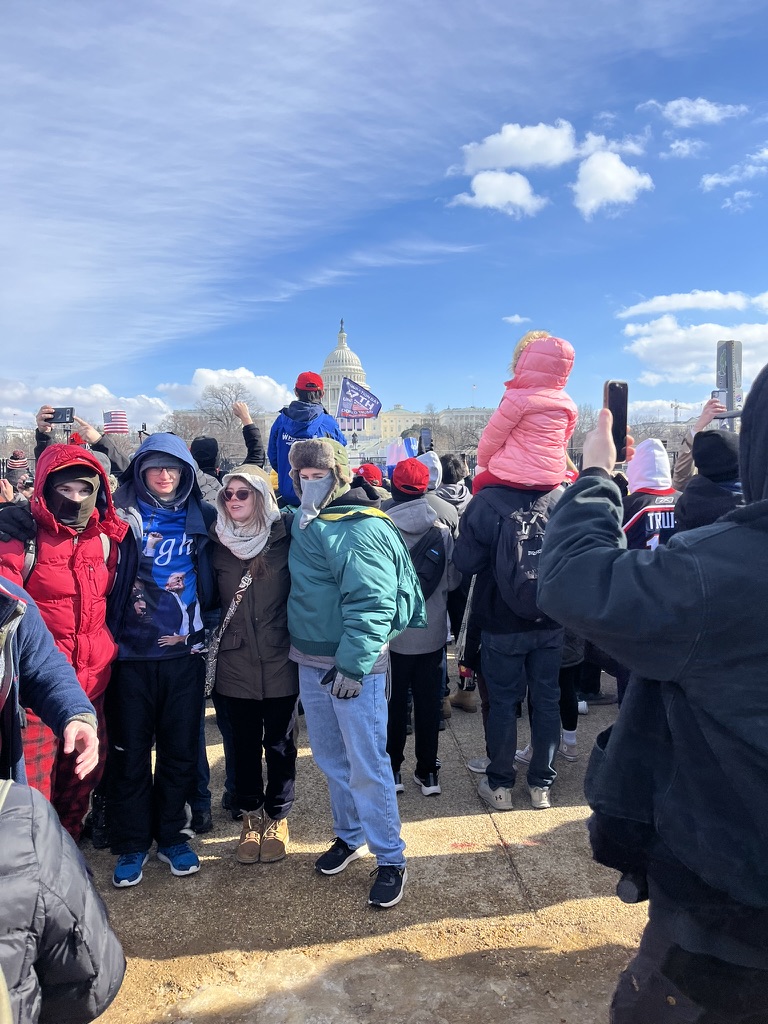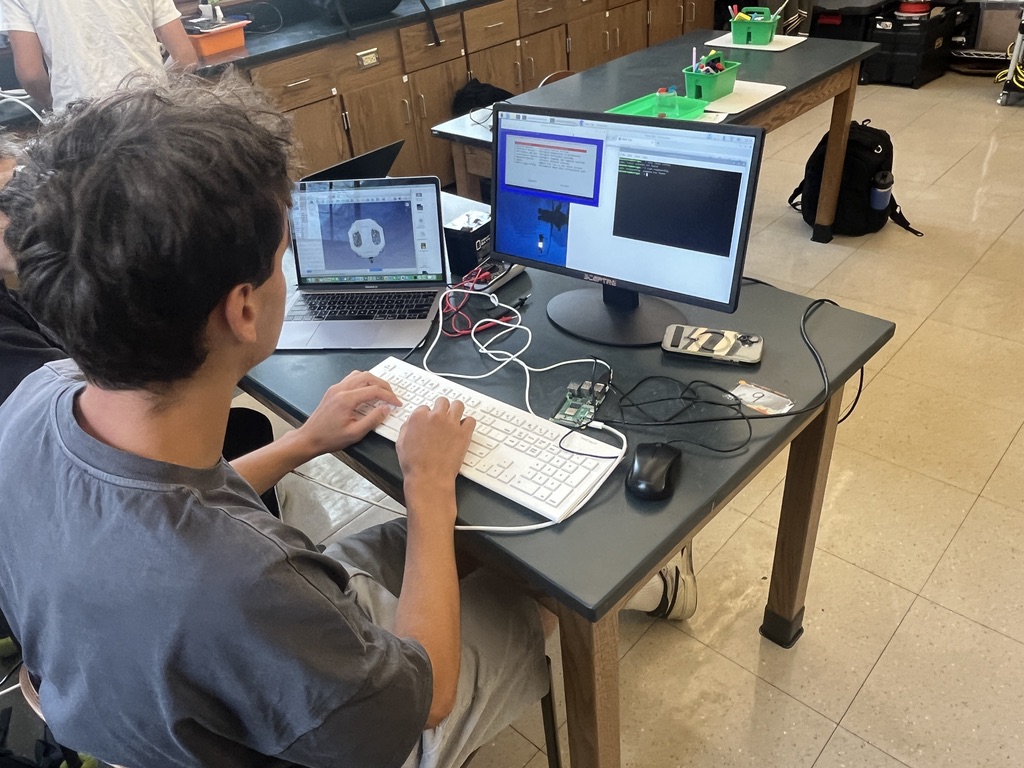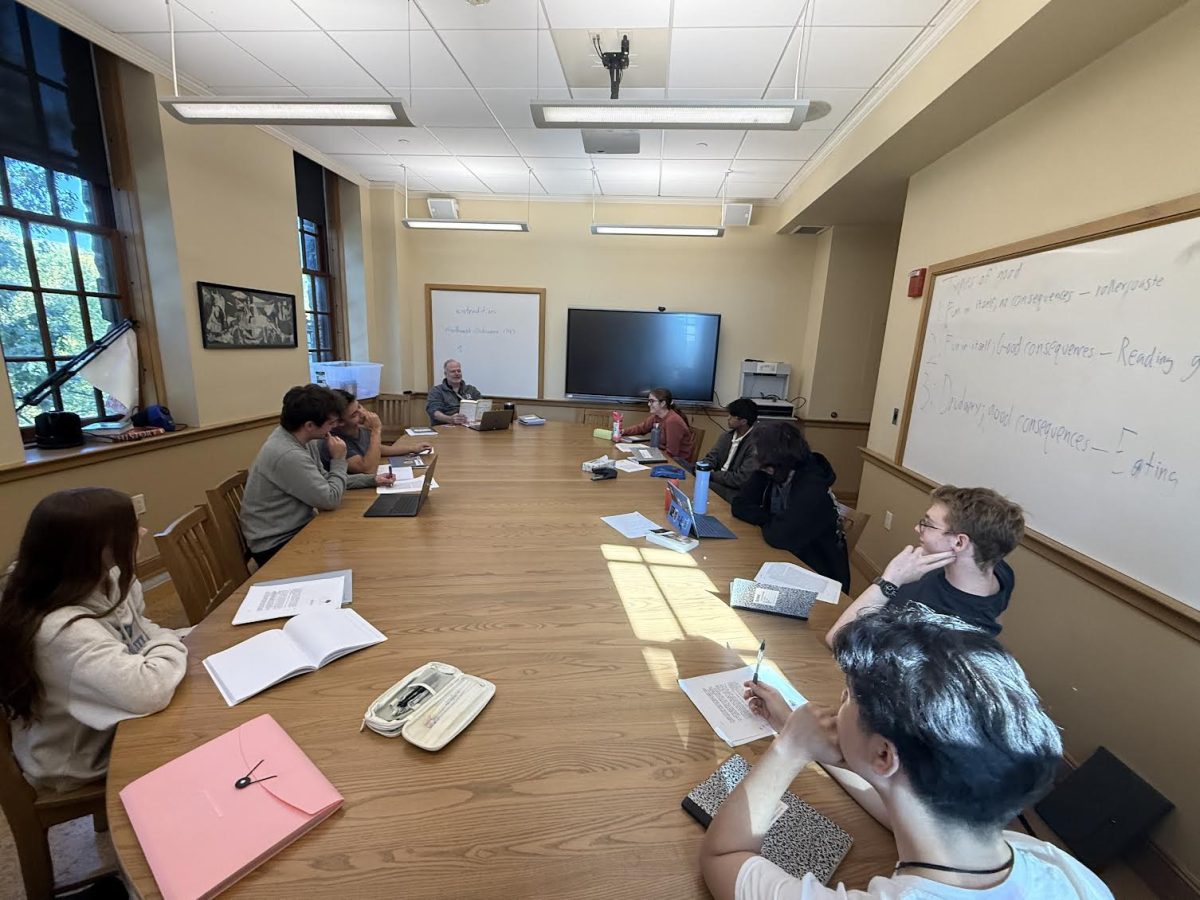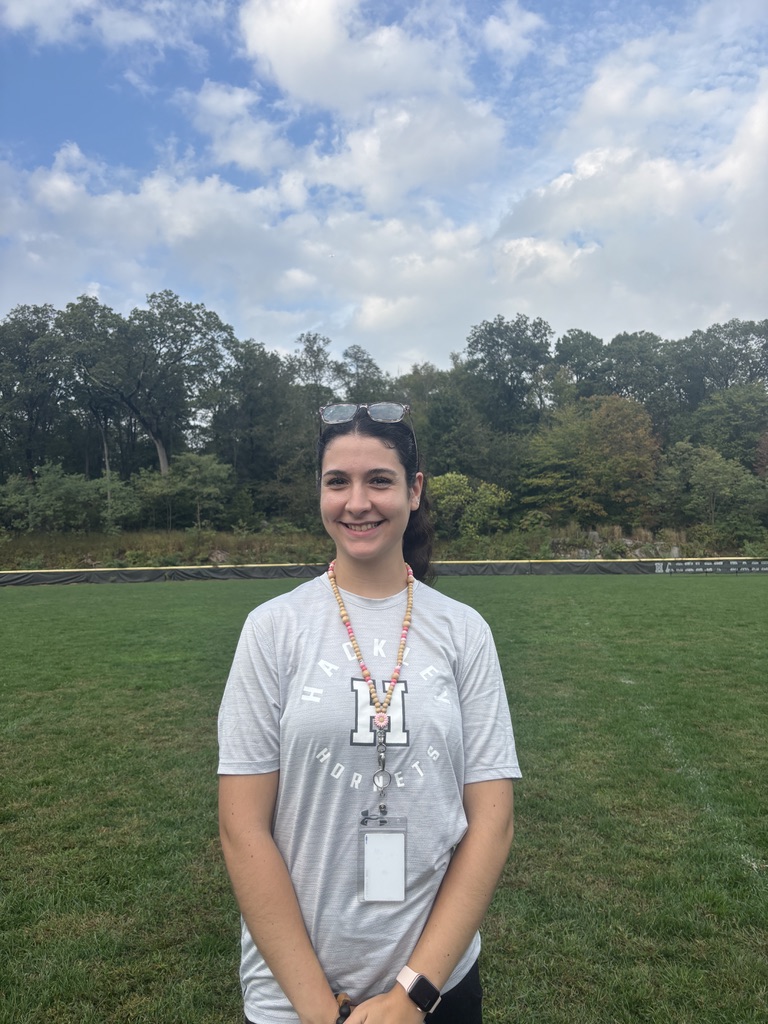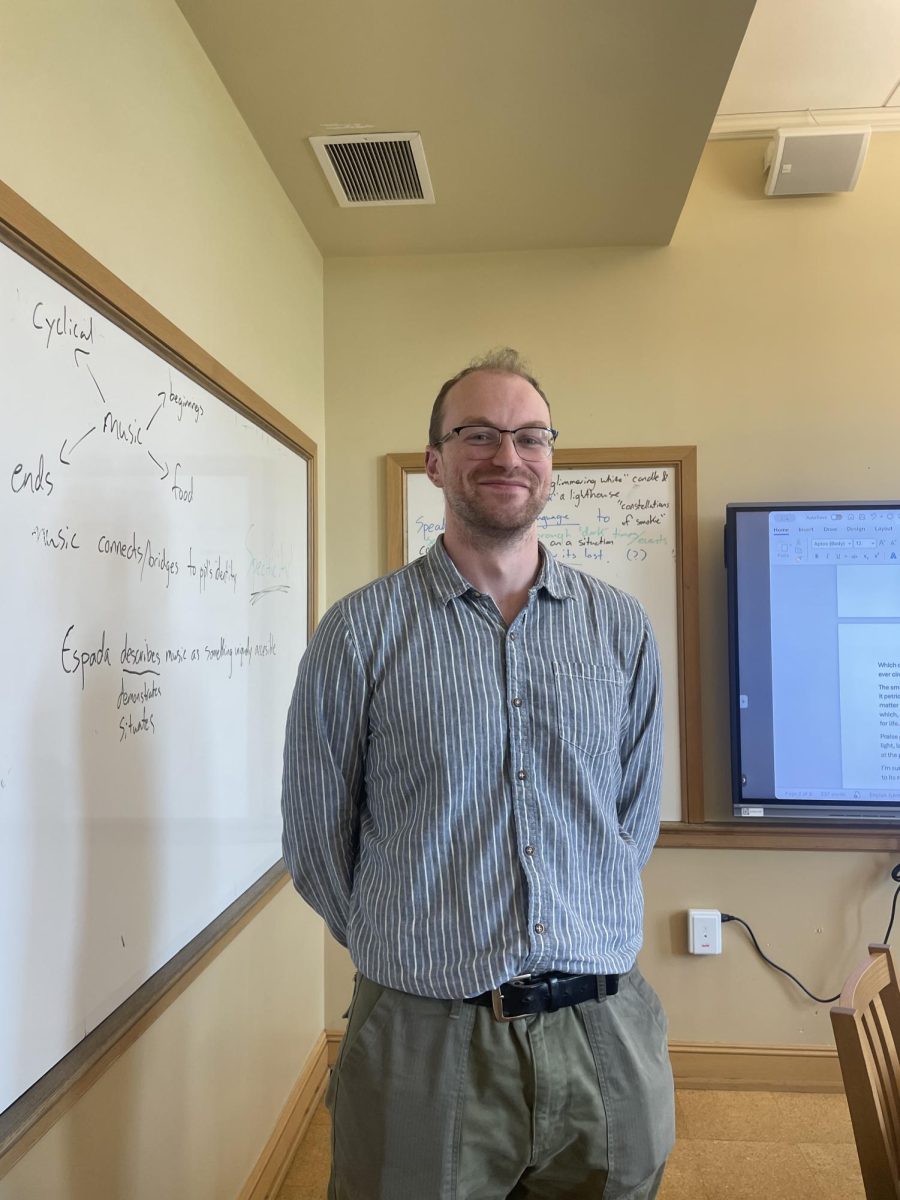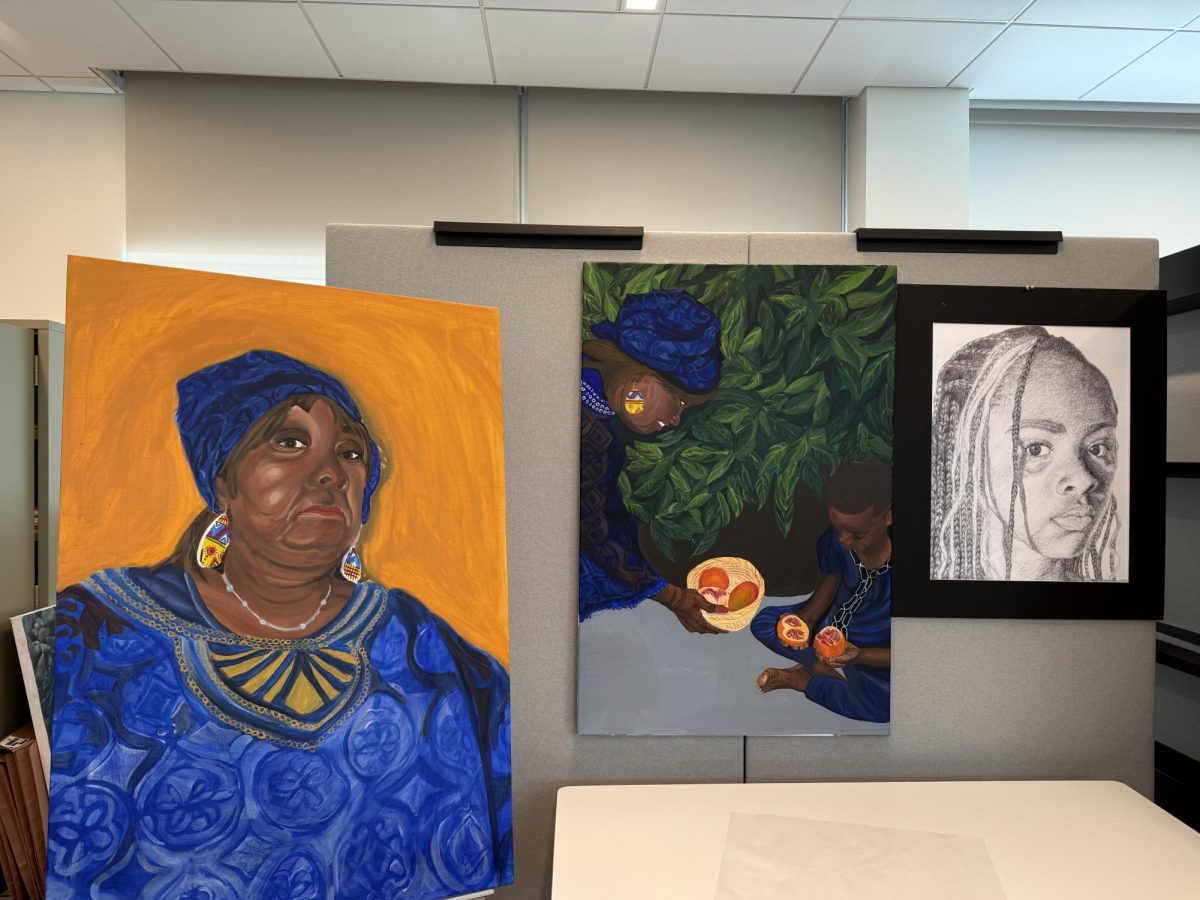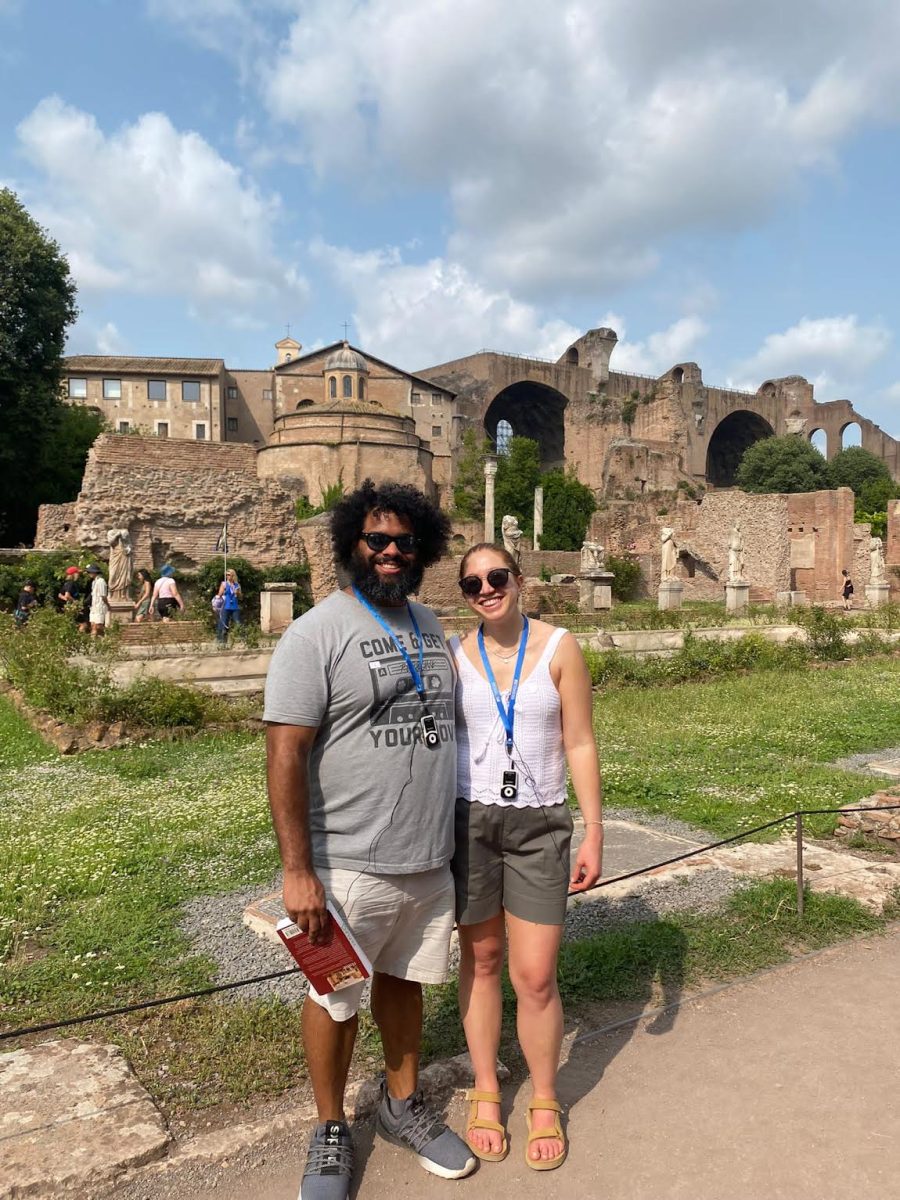“Fight Fight Fight!” chanted a crowd of the most fervent Trump supporters as they stood in the freezing cold outside the Capitol building right as the clock struck 12:00 p.m. on January 20th.
Many, including myself, had traveled to the Capitol hoping to witness President Trump’s swearing-in ceremony in person. However, due to temperatures in the 20s, the inauguration moved off the Capitol steps for the first time in 40 years (CNN).
Still, what stood out most during my time in DC was the sense of aggression and hostility radiating from every street corner, every storied monument, and every crowd of protesters and counter-protesters.
On Saturday the 18th, my family and I walked through the National Mall. We had just wrapped up a tour at Georgetown University and we wanted to take in the political scene of the weekend. We caught the end of the “People’s March,” a massive social justice protest focusing on reproductive and LGBT rights. Men and women in pink hats carried signs with messages such as “People Power” and “Equality.”
As I approached the Lincoln Memorial, which unfortunately was closed off, I saw a group of angry counter-protesters. Standing on rocks and holding megaphones, they displayed signs such as “Like Sodom You Parade Sin, Woe To You Who Bring Evil Upon Yourselves,” and “Go and sin no more.”
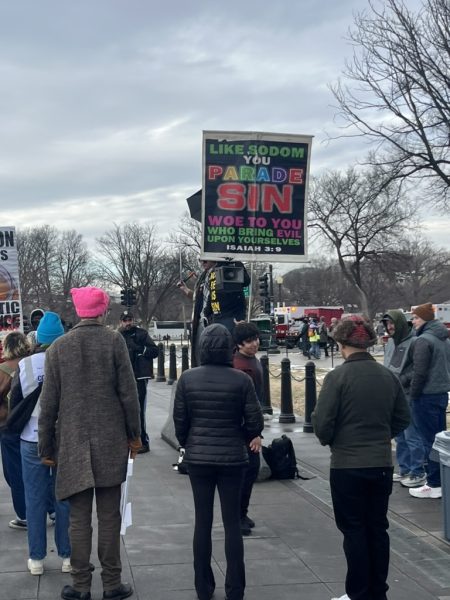
Angry counter-protesters stand outside the Lincoln Memorial, provoking conflict with the People’s March. Many were protesting things like reproductive healthcare and LGBT rights.
To me, their goal seemed to provoke confrontation. All the while, police stood watch, and media members recorded. It struck me as strange that, despite these right-wing people preparing to celebrate their candidate’s victory, they still seemed upset.
For example, as I walked back to my hotel on Saturday, passing Constitution Avenue, I found myself navigating the chaos of protests and street closures. Yet every street corner featured men and women holding megaphones.
I walked past a Black man shouting about the problems of immigration. Across the street, an older white woman screamed back, “Where did your family come from?” He retorted, “They were brought on boats.”
What struck me in that exchange wasn’t just the irony of this presumably liberal woman’s behavior but also the underlying tension she revealed. While she aimed to take a swipe at his beliefs by questioning his family’s origins, she inadvertently exposed her lack of understanding of the history of slavery in the country.
But this wasn’t the main event. At around 11 a.m. on Monday, my family settled in East Seaton Park, directly across from the reflecting pool and the US Capitol building.
This scene felt more like a celebration; very few counter-protesters were visible. What I saw was a crowd of people of all ages. Many wore Trump merchandise and football hats. A few people dressed in costumes like shrimp or Captain America to gather attention.
Ultimately, while some people walked around asking questions like, “Do you know about his tariffs, though?” the vast majority congregated, laughing, selling merchandise, and watching the clock tick down to 12 p.m.
As I walked back to my hotel one final time, I stood behind a group of Trump supporters. One of them remarked, “That black guy looked very American,” about a black man wearing a Trump hat. A minute later, they mocked Asian accents.
These comments reverberated around my mind in the ensuing days: the way identity was used to define people of color as American solely because of shared political beliefs and then exposing this shallowness with casual racism afterward. It was disappointing but not surprising to hear this rhetoric, even as it reflected the contradictions and tensions that still surround discussions of race and belonging in the country.
The events I witnessed revealed how political allegiance was often used to define identity, causing tension in the nation’s capitol to ripple outwards as a new president was sworn in.

